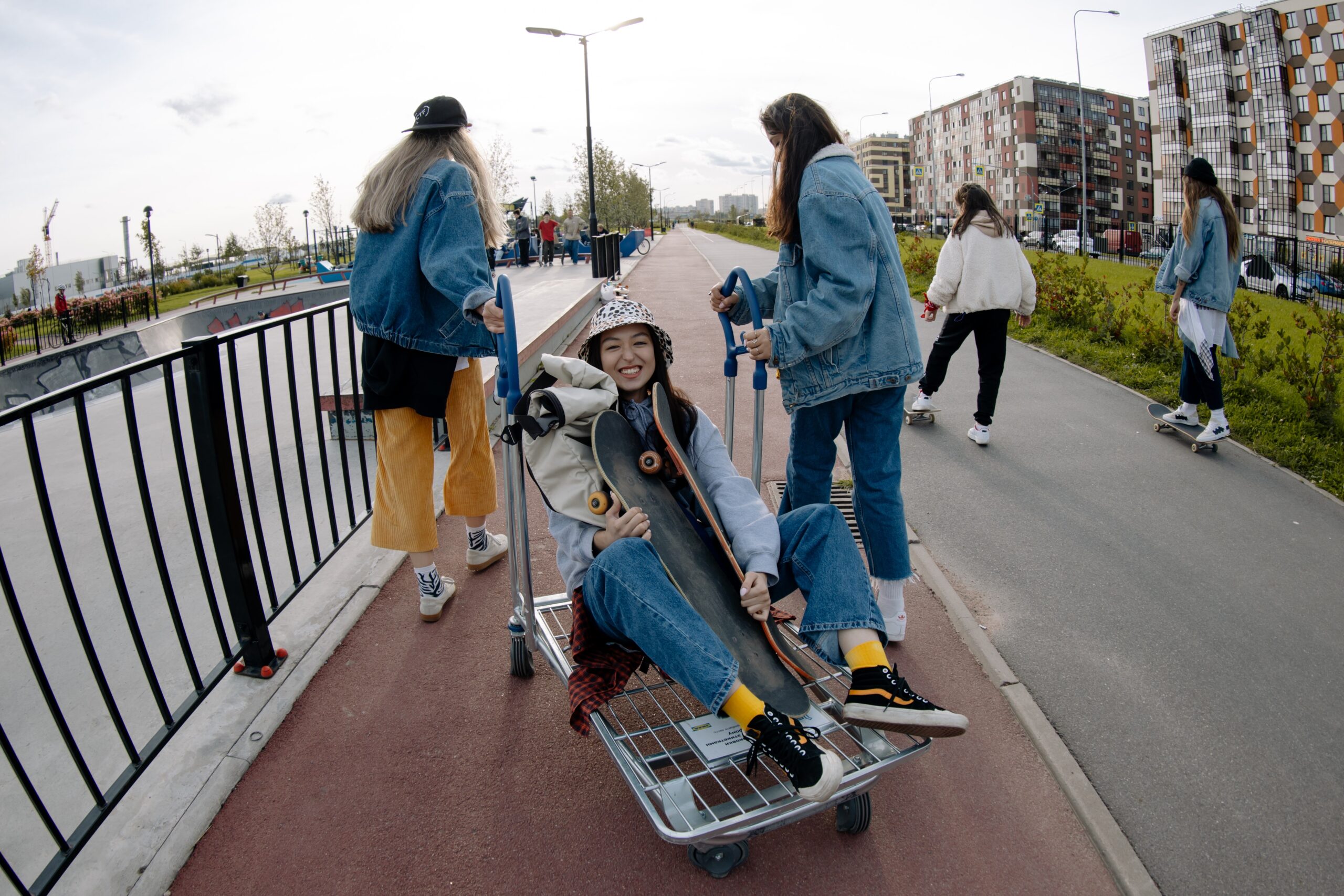
Five Changes Schools Plan to Make This Fall
At Growing Leaders, we have the privilege of interacting with lots of school administrators, athletic directors, and department heads. Obviously, with such a strange spring semester behind us, these leaders are planning for a new normal this fall.
No one I have spoken with plans for life to go completely back to how it was in 2019.
One high school principal put it best when he said to me, “COVID-19 exposed the cracks we have in our educational system. We’ve been talking about doing more education online and about rearranging how teachers facilitate learning, but this spring forced us to change, ready or not. We saw how students from lower socioeconomic systems fared more poorly than affluent students did, having poor internet connections or broken devices at home. We also saw the way we handle tests and grades needs changing big time. I guess it’s true, necessity is the mother of invention.”

Changes in the Works
Below are five adaptations educators and parents plan to implement this fall, even if schools resume on their campuses:
1. Implement more flexible schedules
I heard this idea most often. Teachers have discovered many of the students they predicted would do well learning from home haven’t, but not due to academic skills. It’s about time management. Students are used to strict classroom schedules, and now that life has changed, they struggle to manage their days. Lots of schools plan to move from rigid structured schedules to teaching kids to manage their time, take control of the calendar, create their own timeline, and manage their workloads.
2. Expand the use of technology to deliver resources, assignments, notes, and projects
More students (and teachers) struggled with technology when school shifted to virtual learning. This fall, about a third of college students took at least part of their coursework online, and students had to learn to receive projects and resources not via an app but through a school platform. This will play an increasing role as many schools plan to use a hybrid model of classroom and online learning this fall. This shift means going beyond a Chromebook or iPad. This means school interactions will look more like a job.
3. Utilize one-way hallways, classrooms, and bathrooms that use masks and pool noodles
Along with smaller class sizes and temperature taking at all entrances, schools will keep kids distanced. Because social distancing is new, visuals are key to remind them to not get too close. Some schools plan to place visual markers on the floor, six feet apart, much like you see in stores these days. All will wear masks. Pool noodles that are six feet long can also serve as a fun visual reminder for maintaining distance. Hallways and desk rows in classrooms will have arrows pointing one way (preventing touch), and class sizes will be reduced. The key is colorful, engaging graphic designs that remind everyone what to do.
4. Employ outsiders to participate in the teaching process
If we’ve learned anything during this quarantine, it is that even famous, busy people are stuck at home and are willing to help when they can. Because relationships have been established with actors, musicians, executives, authors, and coaches, we think teachers and parents will be more apt to include them on virtual calls (thank you Zoom) even in traditional classrooms this fall to offer advice and input in the learning journey. Creative professionals can teach students what it’s really like in their industries.
5. Focus more on social and emotional skills
One of the most vivid revelations among parents and teachers this spring was how many students need social and emotional learning (SEL). When this shift happened almost overnight, kids struggled with managing their emotions, handling conflicts at home, listening and paying attention, interacting clearly, etc. These are essential skills for their careers, but too many schools have only focused on academics. Until now. With anxiety levels higher due to future uncertainties, schools will find ways to insert SEL skills into their routines.
By the way, we were encouraged by number five. If you share that focus, feel free to check out an engaging way to teach SEL: Habitudes for Social and Emotional Learning.






